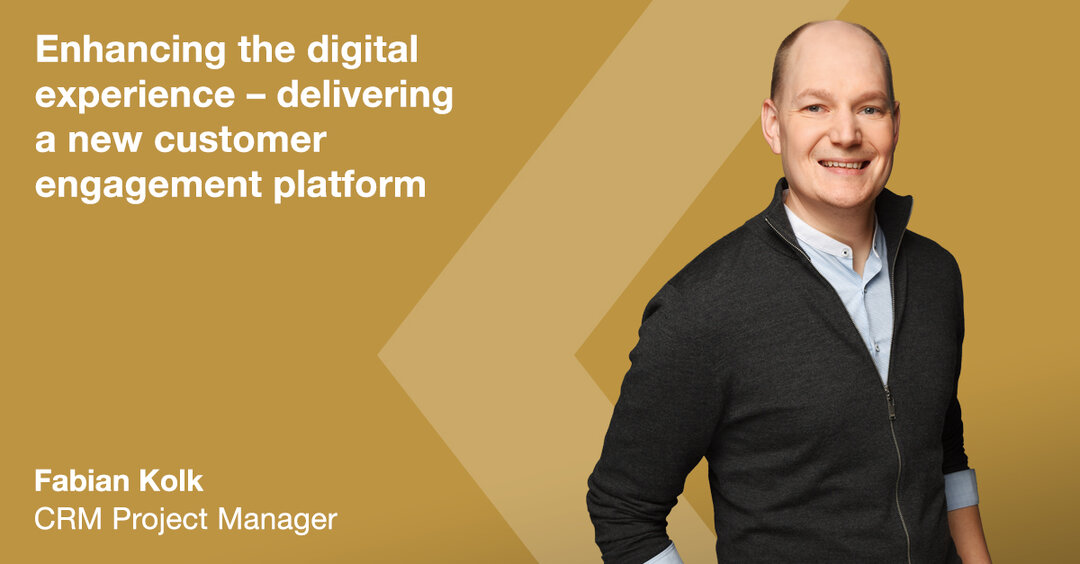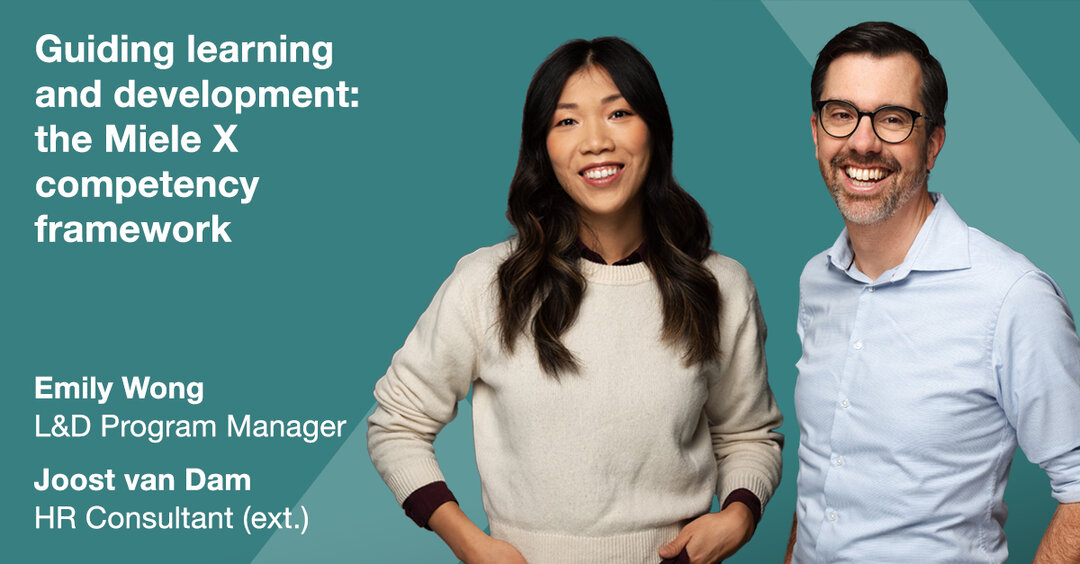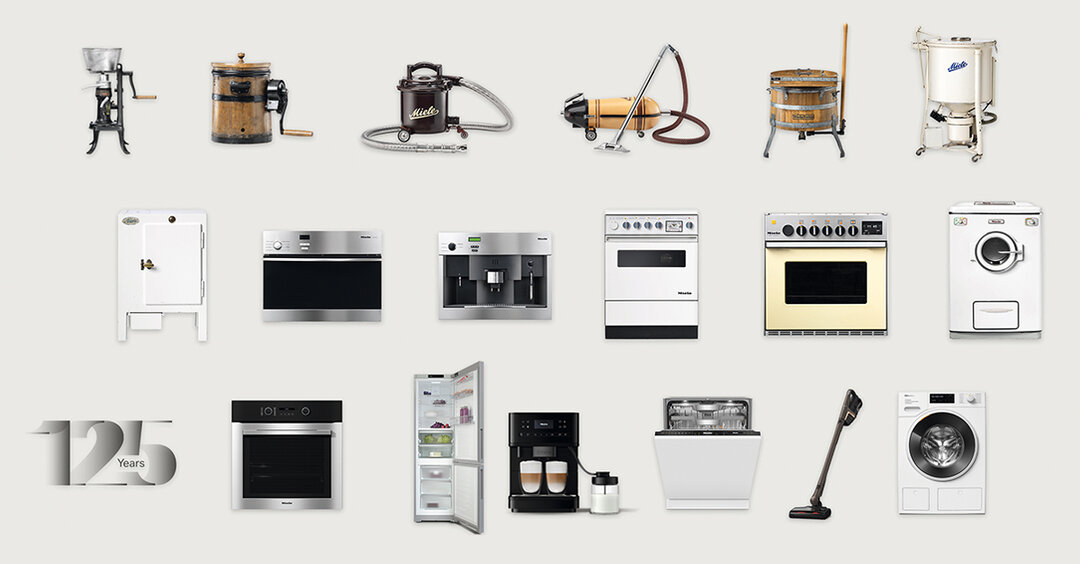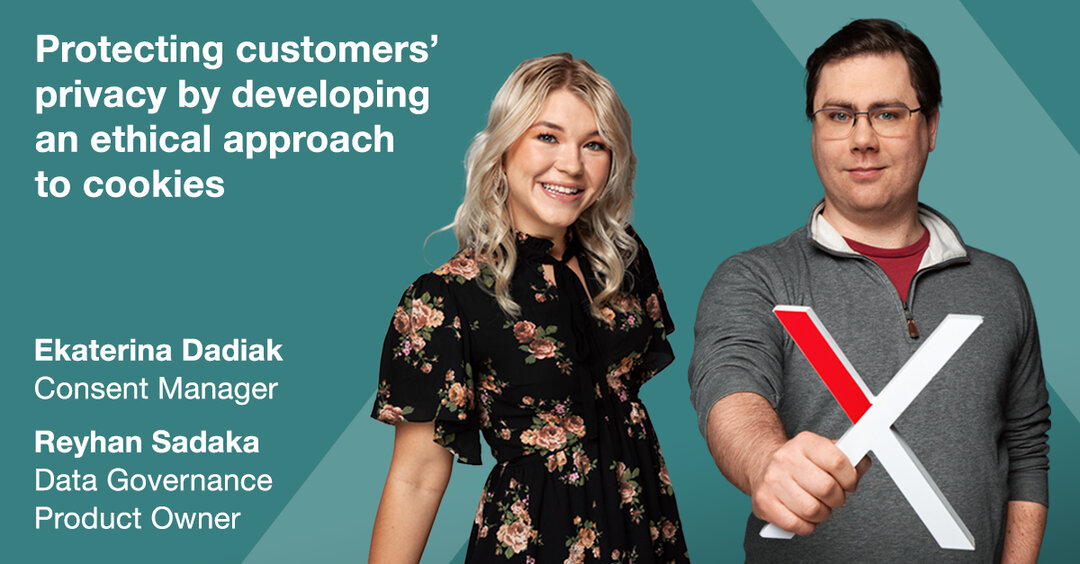At Miele X, we believe innovation starts with understanding people. When our teams explored how AI could enhance the online shopping experience, the goal wasn’t to build a chatbot, but to solve real customer challenges. The result? An AI Shopping Assistant that helps customers make confident choices, with conversion rates doubling in our first pilot market.
We spoke with Céline Massy, Product Manager, and Sijo Blom, Senior UX/UI Designer, from Team Mercury to understand how Miele X is using Artificial Intelligence to make the online shopping experience more intuitive, human, and inspiring.
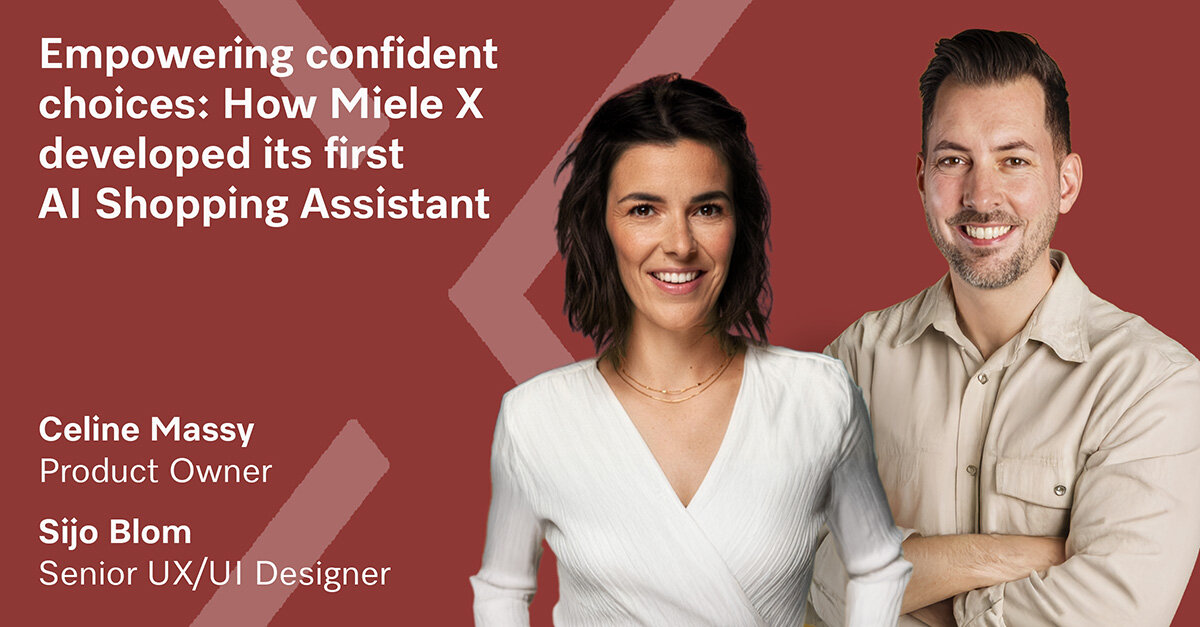
Exploring the role of AI in the customer journey
When Miele leadership challenged the digital teams to explore how Artificial Intelligence could enhance the customer experience, Celine knew the brief was both exciting and open-ended. “Everyone already had a solution in mind - something like an AI Assistant or chatbot,” she recalls. “But before we jumped to a conclusion, we wanted to take a step back and really ask ourselves: what problem are we trying to solve?”
Celine and Sijo, who work on improving the customer experience across Miele’s webshops, started by identifying real-world challenges users face. Their aim was not to build technology for its own sake, but to meaningfully enhance how customers discover, understand, and choose Miele products online.
From customer challenges to AI opportunities
Through previous research and site audits, the team had pinpointed three recurring pain points:
- Compatibility: Customers often struggled to identify the right accessories or detergents for their appliances.
- Product guidance: Shoppers knew they needed, for example, a new washing machine - but weren’t sure which model suited their lifestyle.
- Replacement and spare parts: Many wanted to repair or replace items themselves, but couldn’t easily find what they needed online.
These became the foundation for the team’s AI exploration. Rather than prescribing a specific solution, Miele X invited external partners - experts in AI engineering - to propose how artificial intelligence could best address these needs. “We didn’t say, ‘Build us a chatbot,’” Sijo explains. “We shared the problems and left it open. Interestingly, every supplier independently came back with an AI Assistant.” Speed was also essential. “AI is evolving fast,” says Celine. “We wanted to be among the first in our industry to test and learn from it.”
Piloting in Italy: testing, learning, and measuring impact
To balance innovation with control, the team launched a pilot on Miele’s Italian webshop, starting with the vacuum cleaner category. “It was important to keep it small,” Celine says. “That way we could learn quickly and roll out faster.”
Success was measured through three core KPIs. Usage: Were customers engaging with the assistant? Click-through to product detail pages: Did the interaction help them progress in their journey? And conversion rate: Did it ultimately support a purchasing decision?
Early results were highly encouraging. Usage exceeded benchmarks set by Miele’s existing Product Advisor tool, and conversion rates doubled among users who interacted with the AI Assistant.
Seeing AI as a human conversation
Beyond the numbers, qualitative user research revealed the emotional value of conversational AI. “At first, people didn’t know what to expect,” Sijo says. “Many had used chatbots before and found them unhelpful. But once they started asking their own questions - in their own words - they got genuinely excited.”
One user testing session particularly stood out for Celine. “A participant asked the AI Assistant why one of our robot vacuums had a camera. The AI Assistant explained its purpose clearly, and you could see her whole attitude change - she suddenly became passionate about the product.” For Miele X, that shift from curiosity to confidence is exactly what good design should create. “There’s often a gap between how we describe products and how customers think about their needs,” Sijo explains. “The AI Assistant helps bridge that gap in a very human way.”
Scaling success and learning from data
With all signs pointing positive, Miele X is now preparing to scale the AI Shopping Assistant across more markets and product categories. In parallel, the team is gathering detailed interaction data and user prompts to refine future iterations. “Until now, we’ve tracked mostly quantitative data - clicks and conversions,” Celine says. “But by analysing chat logs, we’re gaining powerful qualitative insights into what customers are truly asking for.” That information could inform not only UX improvements but also content, naming conventions, and even broader business strategy.
The road ahead. Embedding AI across the experience
Phase two will see the AI Assistant integrated more deeply into the buying journey, including conversational search and contextual support throughout the site. Long-term, the team is exploring ways to extend Miele’s AI capabilities to other digital channels. “We know we can’t out-compete ChatGPT,” Celine reflects, “but where we can be stronger is in leveraging Miele’s brand, trust, and product expertise. That’s what makes our AI different.” Sijo agrees: “Users told us they trust Miele because we’re the producer. That trust, combined with AI, opens huge possibilities for creating more meaningful, personalised experiences.”
Experimentation, agility, and trust
At its heart, the project embodies Miele X’s experimental spirit - testing, learning, and adapting with agility. “Nobody has all the answers,” Celine says. “The important thing is to stay open, curious, and ready to evolve.” By bringing together human insight, design thinking, and the power of AI, Team Mercury is helping Miele customers make more confident, informed, and inspired choices. One conversation at a time.
Blog posts
Miele's path to digital growth

Search jobs
Help to shape the digital future of one of the world’s best-loved brands.


